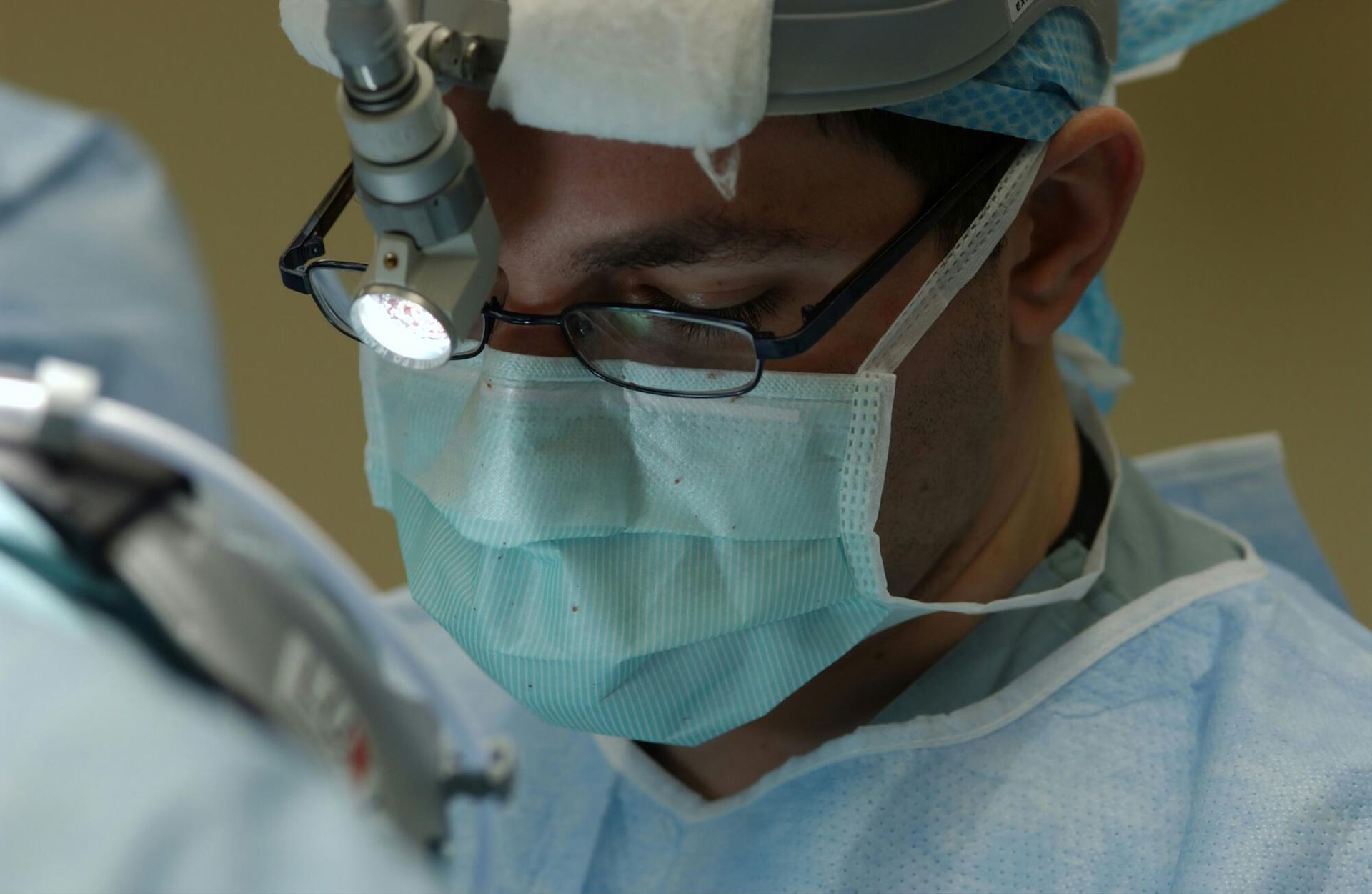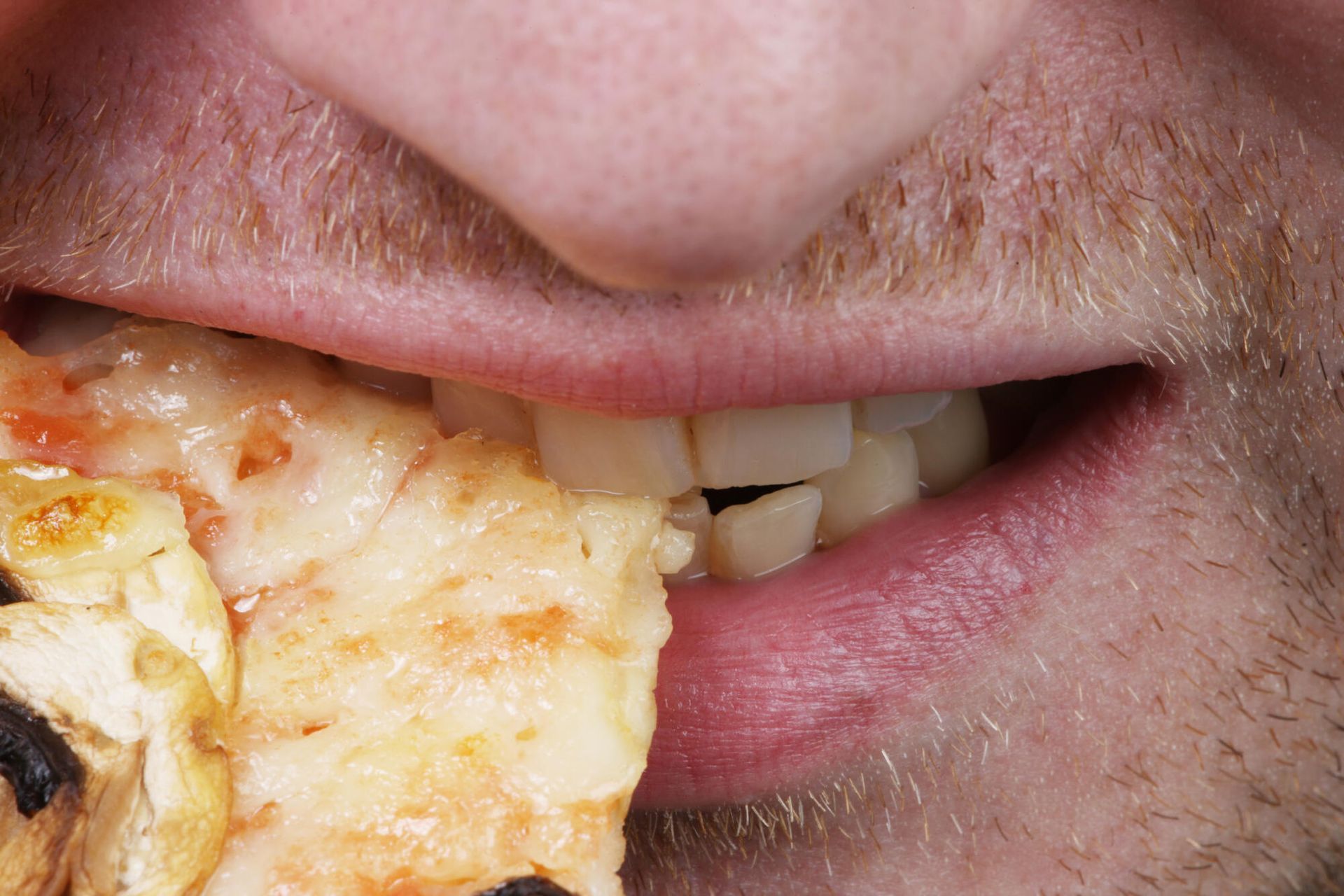TMD Symptoms: 5 Signs That You May Have TMD
If you're experiencing discomfort but aren't sure if you have TMD, there are a few signs you can look out for. Here's a quick look at common TMD symptoms.
TMD (Temporomandibular Disorders) affects 12-20% of adult patients. Yet, many people suffering from this condition aren't aware of it and don't seek treatment from a dentist. Do you know the main TMD symptoms?
Some people believe that TMD could be linked to anxiety as it causes the muscles in your face to tense. But this disorder has many other symptoms, such as locked jaws and a tired feeling around your face. Every person is affected differently by TMD, which is why it's essential that you get the right treatment to help you manage the condition.
Keep reading to learn more about TMD and the signs to watch out for if you're experiencing pain.
What Is TMD?
Often TMD is confused with TMJ, which refers to the temporomandibular joint. This part of your face holds together your jaw and is found near your ears. This is a vital joint to help you chew your food correctly and move your face from side to side. TMD is used to describe the condition associated with the temporomandibular joint.
If you find information on the internet about TMJ pain, they are most likely referring to TMD, which is a common problem with this joint.
Some people start experiencing pain in this area after they've had a traumatic incident that has put unexpected pressure on the jaw. But, research shows that people with anxiety could also suffer from TMD as this mental health condition is linked to teeth grinding.
Anxiety can cause people to grind their teeth while sleeping or during stressful periods, which can wear down the joint on your jaw and lead to the need for treatment. It's also possible that arthritis, a dislocation between the ball and socket joint, and an overbite could result in TMD.
The only way to know if you have this condition is to schedule an appointment with a dentist in Burke, VA. That way, you can ask them to assess your TMD symptoms, and they can do tests to ensure that you get the right treatment.
The Most Common TMD Symptoms
It's normal to occasionally wake up from a bad night's sleep with a sore jaw if you've been grinding your teeth. It's typical for people going through stress, but if you keep feeling pain in your jaw even after resting, you might have TMD.
Here are the most common TMD symptoms to look out for if you think you might have this disorder.
1. Pain in Your Jaw
Pain is how our body tells us something isn't right, and your jaw is no exception. If you feel pain in your jaw bone, near your ears, or your neck, then you could have TMD. This joint is near your neck and ears, so the pain can also radiate to other upper body parts.
The nerves attached to the jaw are sensitive, so you shouldn't be experiencing frequent pain in that location. Even if your jaw is not the main area of pain, you could also feel pressure in your neck and upper back. These spots can be affected by TMD as all the never-endings are linked together.
Therefore, pain is the first sign that you need to make a dentist appointment.
2. Regular Headaches
Headaches are another common stress response from our bodies when we've not had enough sleep, or a lot is going on in our personal life. You can try taking paracetamol to ease the pain and rest. But if this doesn't work, there might be something wrong with your TMJ.
Most people overlook headaches as being a jaw issue, but as all the muscles are connected to your face, the pain can even cause headaches if left untreated.
You can start by keeping track of your headaches on your phone or diary to see if they happen around the same time because of something else. Or if they keep appearing with no other cause. Then, you can go to see your dentist with the information so they can schedule further tests.
3. Popping Sounds
If you've ever moved your jaw suddenly from side to side, you might have heard a popping sound. But if you always hear clicking sounds when you move your face, then it could be TMD. Often, these sounds are a sign of the disc inside the joint. Your jaw shouldn't make this noise if the joint is in place and functioning correctly.
Don't let popping sounds continue, and ask your dentist for an evaluation.
4. Broken Teeth
Jaw muscles are also essential for keeping our teeth in position. If your jaw joint is out of place, it can cause your teeth to come together and put pressure on one another. Over time, the teeth can become broken or cracked because of excessive pressure.
One way to avoid this is to go for regular checkups at your dentist, as they can spot the sign of cracked teeth during a consultation. But, if you notice any broken parts in your teeth, it might be TMD, so you need to get the right dental treatment.
5. Clogged Ears
The last important sign to be aware of for TMD is clogged ears. Even though most pain or swelling in your ears is a sign of infection, it can also be a symptom of TMD. If there is a problem in your joint, your ears could become sore from the pain, leaving you with a ringing sensation in your ears.
A quick examination by a medical doctor will rule out infection, so you can then get treatment for TMD.
Book a TMD Consultation
Finding a dentist specializing in TMD treatment can be hard, which is why it's essential to research the best clinics with experience identifying TMD symptoms. Our family-friendly dentistry is here to help you with your dental problems in a welcoming space with a highly trained dentist.
You can read the incredible reviews and find more information about our TMD services on our website.
Fill out a
new patient form here and book an appointment today for your TMD treatment.












